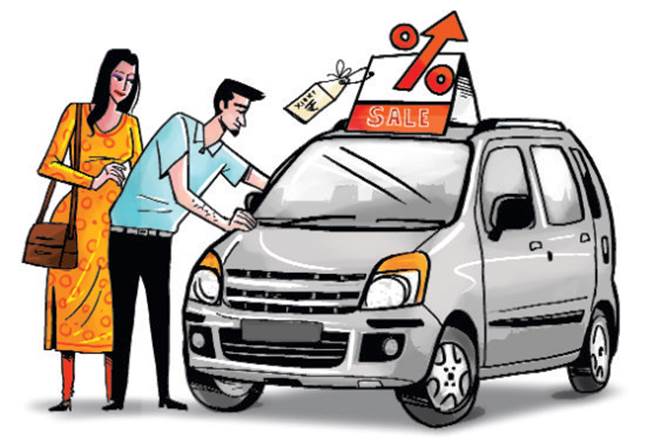
With many more consumers opting to buy second-hand cars, given how prices of new cars have shot up, banks are now focusing more on used car financing. Indeed, at a time when the demand for new car loans has flagged, credit for used cars is growing at perky 15-18%, according to bankers.
CarDekho.com puts the pace of growth at an even higher 28-30%. The size of the used car market today is estimated, by CarDekho.com, at four million units and believed to be growing at a brisk 20%. One reason for this is the increasing presence of organised channels which have made both buyers and financiers more comfortable. According to data from the Reserve bank of India (RBI), bank loans oustanding in the vehicle loans segment grew under 5% y-o-y in April 2019 to Rs 20 lakh crore.

Ravi Narayanan, head – secured assets, ICICI Bank, told FE that till about two years ago, fewer used-cars were sold than new cars. That changed in 2018-19, when around 40 lakh units of second-hand cars were sold, more than the 36 lakh new cars.
“Nearly 60-70% of the used cars being sold are minis and compact cars, which are entry-level cars. In the new car segment, the trend is moving from mini and compact to mid-sized cars and premium hatchbacks,” Narayanan observed.
Industry watchers say some of the demand for entry-level new cars may have moved to the used-car segment. Although a second-hand sedan won’t cost as much as a brand new one, it is nonetheless more expensive than an entry-level car. However, since the consumer’s income and ability to repay aren’t changing, the risks associated with used-car financing are somewhat higher.
However, banks say the risk can be limited by ensuring that the value of the vehicle is assessed accurately at the time of sale. This is easier when the customer is accessed through an organised player in the market. “While the used-car segment may have higher risk compared to new car space on account of quality of collateral and also credit history of the borrowers, the deployment of agile digital and physical processes help the bank to streamline the entire used car purchase, to the satisfaction of our customers and also from the point of securing the portfolio,” an HDFC Bank spokesperson said in response to emailed queries.
Analysts, too, are not too worried about the asset quality in this segment. In a recent note, Edelweiss Securities wrote that financiers have tightened credit screens by lowering the loan-to-value (LTV) ratios and are going slow on relatively higher-risk segments, especially first-time buyers. Most banks have an LTV of 60-70% in used-car loans.
“Currently, lenders have not seen any red flags on delinquencies, though a few borrowers are asking for relatively longer tenor or extension of repayment in some segments due to temporary cash flow issues,” Edelweiss analysts observed, adding, “We do not anticipate the vehicle financing segment to spring major asset quality shocks in the near term.”
Bankers say the skew in favour of used vehicles may well turn out to be a long-term one as the production and sale of new cars shoots up in the years ahead. Narayanan pointed outthat India has a population of almost thirty million cars and would be adding up to four million cars every year. “So when car sales are so high, those vehicles will obviously have to be exchanging hands and we will be mimicking the way the developed countries have moved,” he said.
[“source=financialexpress”]





